With an estimated body mass of between 85 and 340 tons, the now-extinct Perucetus fossils weighed as much as or more than the blue whale, once considered the heaviest living animal, according to Giovanni Bianucci, author of the study published in the journal Nature.
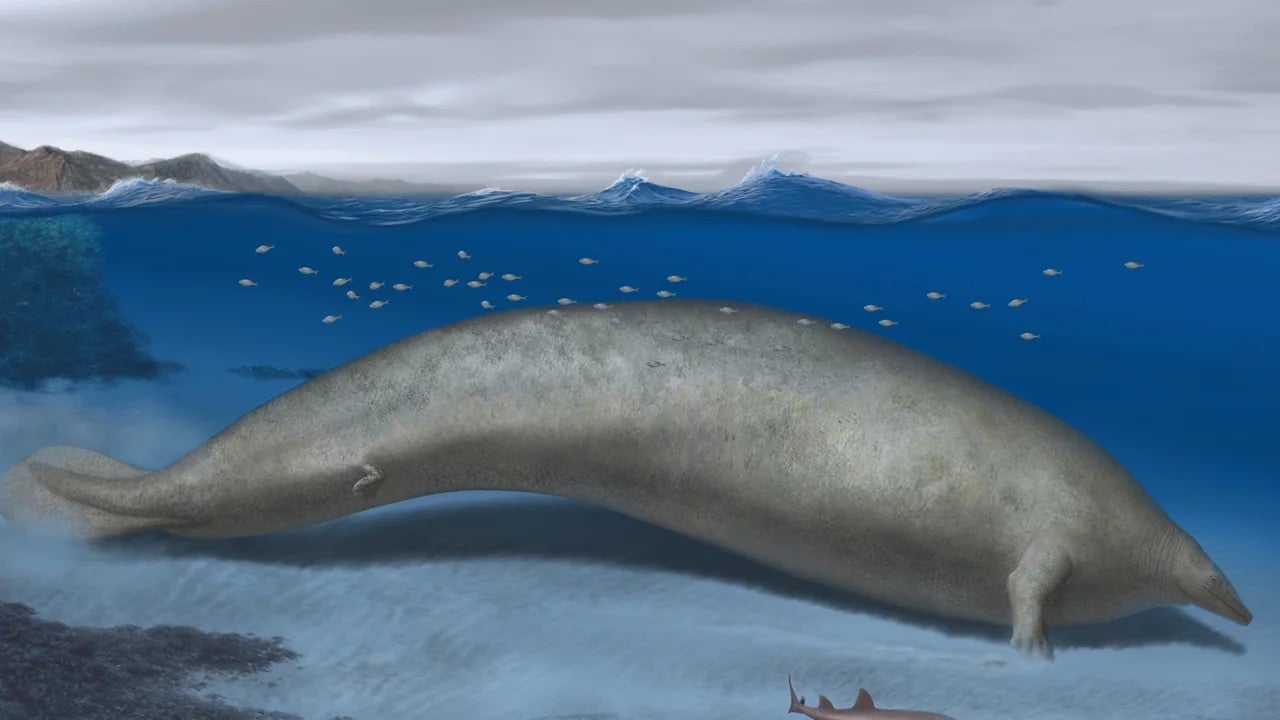
A simulated image of Perucetus colossus in its coastal habitat. Photo: CNN
The partial skeleton of Perucetus, which includes 13 vertebrae, four ribs and a hip bone, is estimated to have been between 17 and 20 meters long. The fossil is shorter than that of a 25-meter-long blue whale, but its bone mass likely still exceeds that of any known mammal or marine vertebrate, according to the study.
Furthermore, Perucetus could have been two to three times heavier than the blue whale – the species that today weighs a maximum of 149.6 tonnes.
“Perucetus could have weighed as much as two blue whales, three Argentinosaurs, more than 30 African forest elephants and about 5,000 humans,” said Bianucci, an associate professor of paleontology at the University of Pisa’s Department of Earth Sciences in Italy.
Perucetus was able to swim slowly due to its massive body mass and undulating swimming style, which was an ankylosis, meaning its flexible body moved in undulating waves from head to tail.
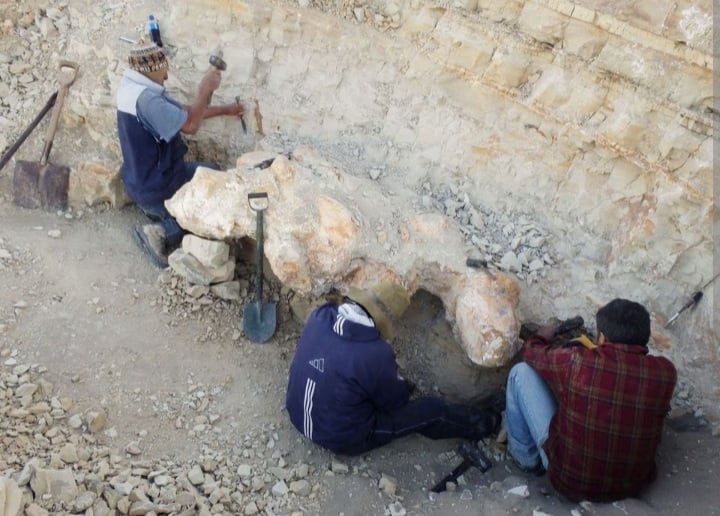
Scientists excavate fossil vertebrae of Perucetus colossus. Photo: Bianucci
Bianucci said the skeletal structure of Perucetus “was made up of extremely dense and strong bones. The type of thickened and heavy bones that Perucetus has is not found in any living cetacean.”
The weight and size of Perucetus may have been an evolutionary adaptation to life in shallow, choppy coastal waters, “where a particularly heavy skeleton served to maintain stability,” he said.
The discovery is the latest result of a team of researchers that began in 2006 in the Ica Valley in southern Peru “at one of the most important fossil vertebrate assemblages of the Cenozoic Era” that took place about 66 million years ago.
“The sheer size of Perucetus's bones shows that evolution can produce creatures with features far beyond our imagination,” Bianucci said.
Mai Anh (according to CNN)
Source


![[Photo] General Secretary To Lam and National Assembly Chairman Tran Thanh Man attend the 80th Anniversary of the Traditional Day of the Vietnamese Inspection Sector](https://vphoto.vietnam.vn/thumb/1200x675/vietnam/resource/IMAGE/2025/11/17/1763356362984_a2-bnd-7940-3561-jpg.webp)







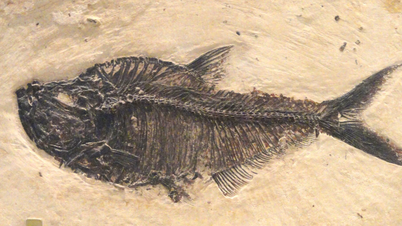

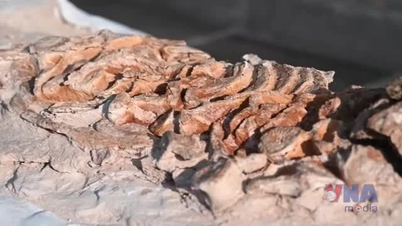
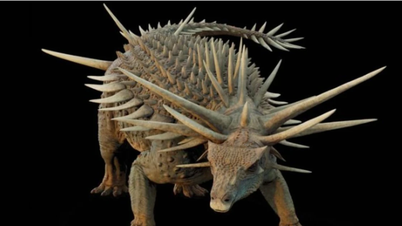
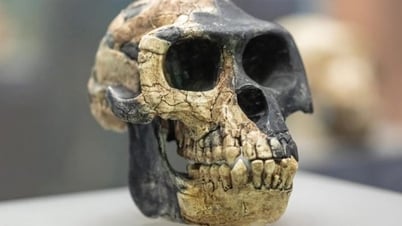

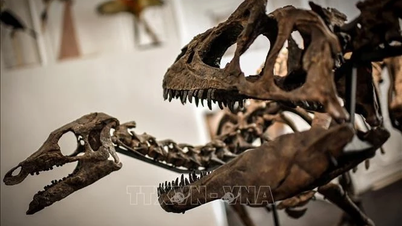




















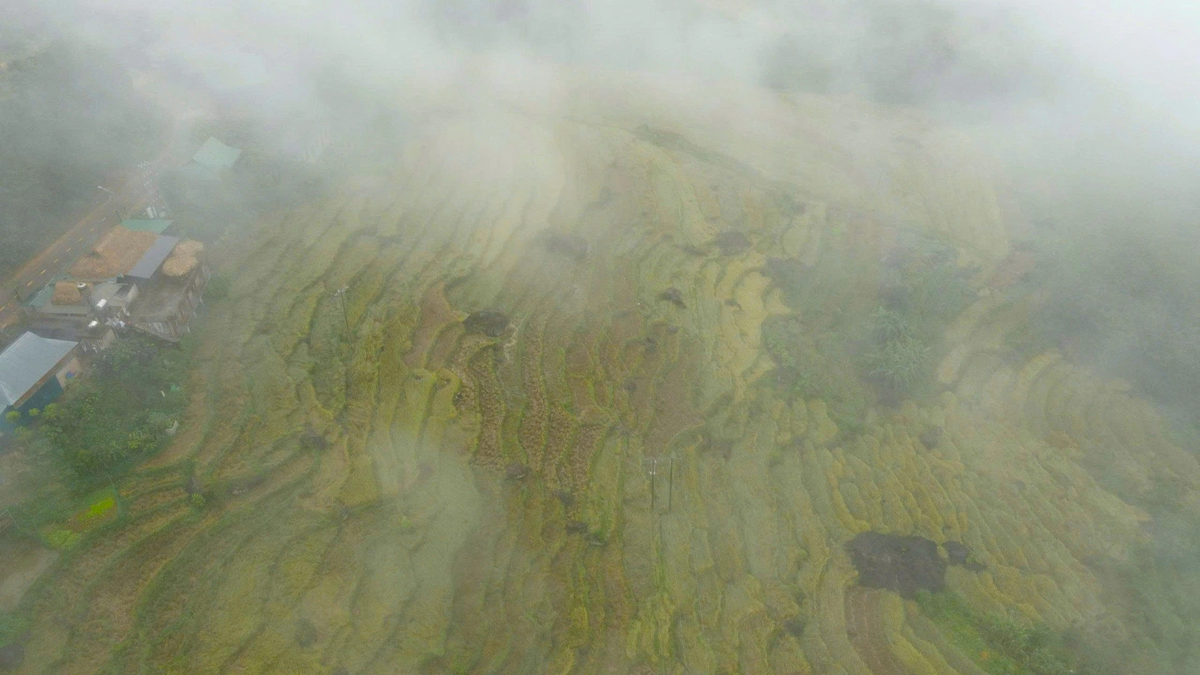






































































Comment (0)